Coir pots are made out of coconut coir fiber bounded together by natural latex and molded to an attractive shape. The coir material allows air and water to move through the pot while containing soil, so the plants don’t have to pull from the pot at planting time.
Planting seeds in the coir pot is easy and follows same procedure as any other pot. To begin, fill the pot about halfway full with potting soil and place the seeds in the pot. Fill in the rest of the pot with soil so that the roots of the seedlings remain covered. Water the new seedlings immediately and don’t forget to check the moisture level in the soil at least once a day.
Transplanting Coir pots directly into the Soil
- Water the soil in the pot thoroughly until the moisture drains freely from the pot.
- Cut off the rim of coir pot with shears so that it levels with the soil. Coir wicks moisture away from plant roots if it extends above the soil after transplanting.
- Transplant the pot into a prepared planting hole, leaving coir pots in place. Fill-up the hole with soil so the top of the coir pot is covered with a thin layer of garden soil, which prevents moisture-wicking problems.
- Check soil moisture near the plant every other day. Stick your finger into the soil, 1 to 2 inches away from the stem. Water the plant if the top 1 to 2 inches of soil feels dry.
Follow regular watering practices for the plant once the coir begins to break down into the soil, usually within two weeks of transplanting.
Benefits of using Coir Planters
- Aerial root-pruning: Plants grown in coir pots undergo ‘aerial root pruning’ which promotes root distribution. When plants are grown in a coir pot, the roots quickly penetrate the pot walls. On coming in contact with the air, the roots stop growing and new root buds start to appear leading to secondary roots that start to develop throughout the pot. Thus, allowing complete usage of the pot by dense network of root hairs. In containers with impermeable walls, such as plastic pots, a few very long roots use all the area around the pot.
- Biodegradable: Another advantage is that the plant, along with the fibre pot, can go straight into the ground without causing any root disturbance or transplant shock to the plant. The plant settles into the soil easily. The coir is biodegradable and it turns into organic matter in due course of time. Once into the soil, the roots that became dormant during aerial containment also become active.
- Nourishment: It also provides nutrients like zinc, magnesium, copper and iron, all beneficial to a plant’s growth.
- Balances moisture content: On one hand, the porous nature of the pot prevents water-logging in the soil and minimizes the risk of root decay and mould formation while on the other hand, the coir itself holds onto some moisture so the drainage doesn’t occur too quickly and the soil doesn’t dry out completely, hence maintaining a soil-water balance.
- Light weight: The light weight of the pot makes it ideal for terrace gardening.
In the end, here’s a little piece of advice- Don’t dispose of your old coir pots, rather dig them into the garden for soil conditioning.


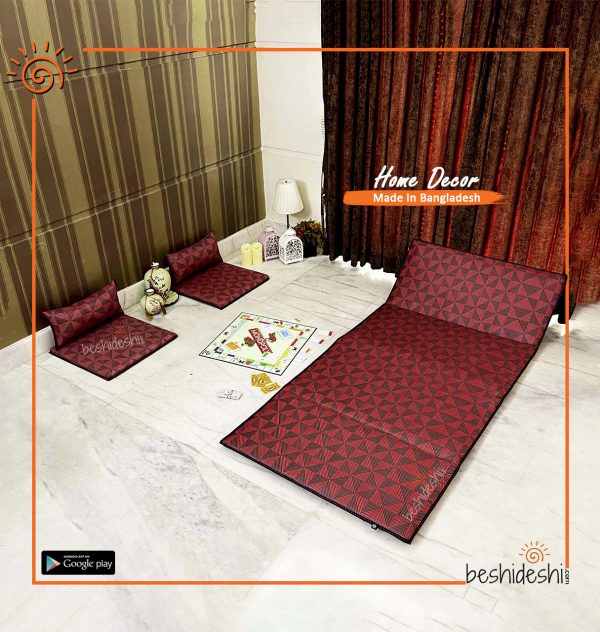
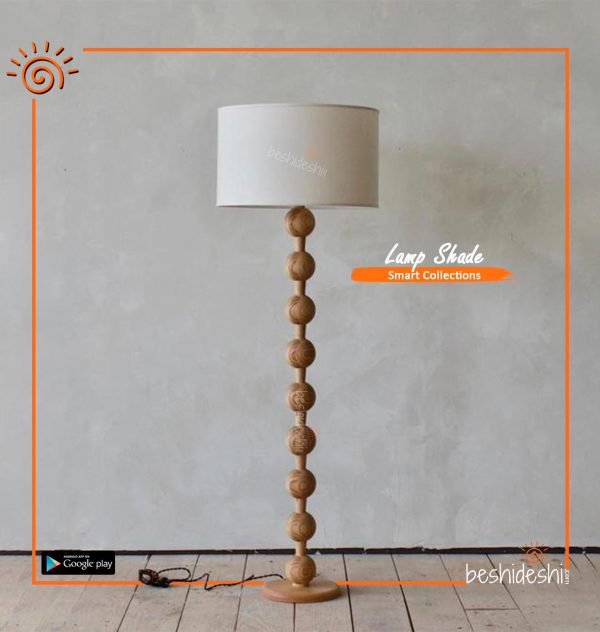
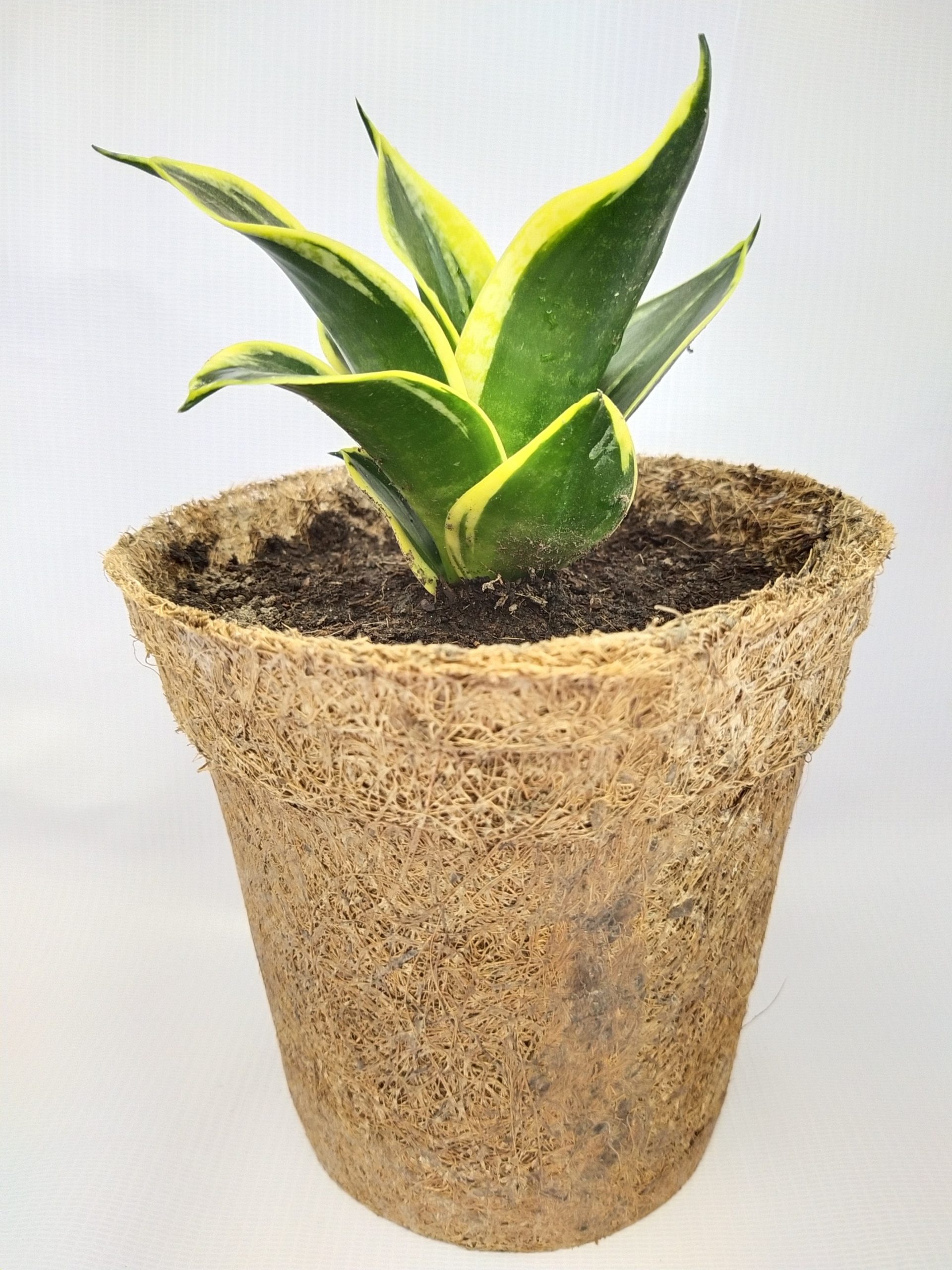
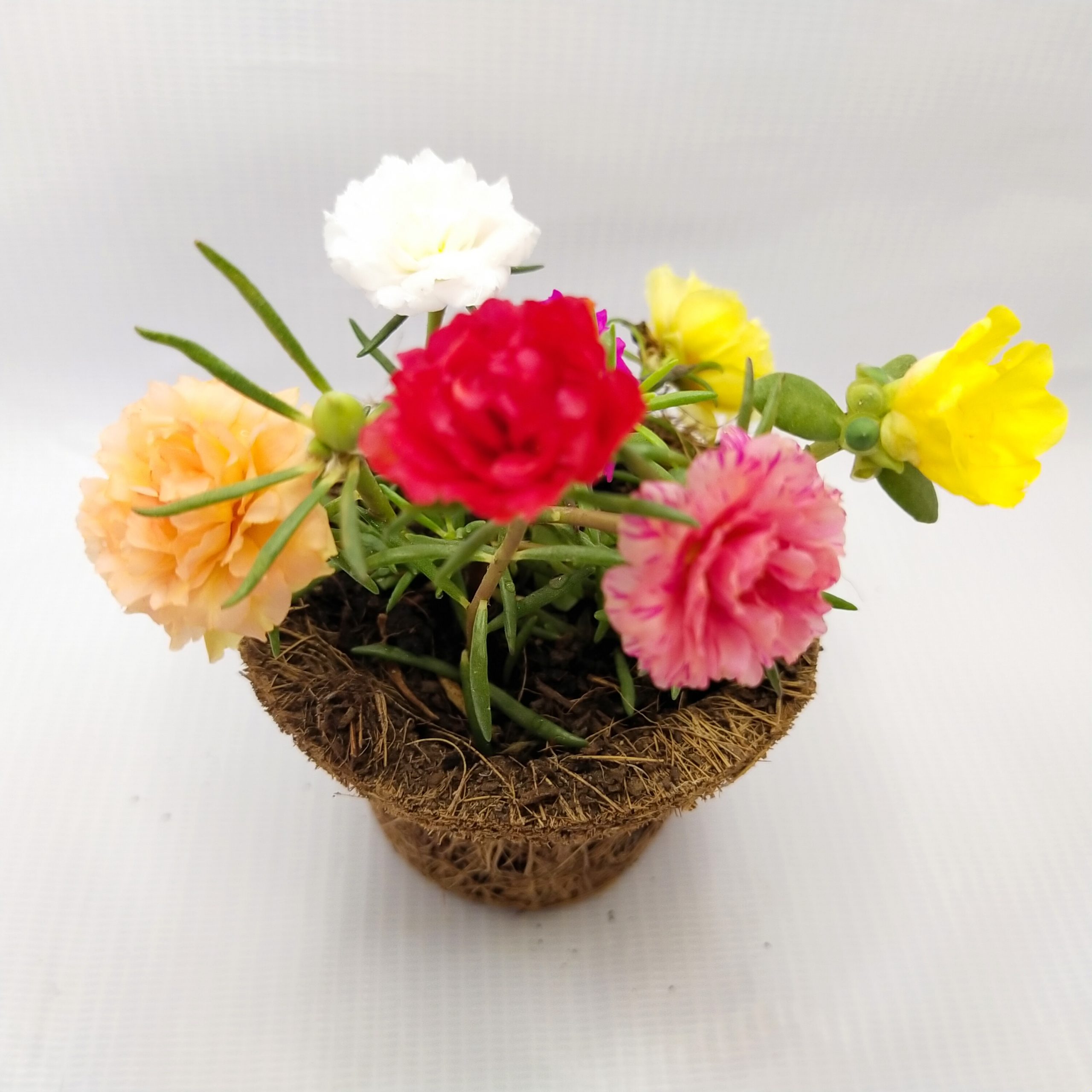
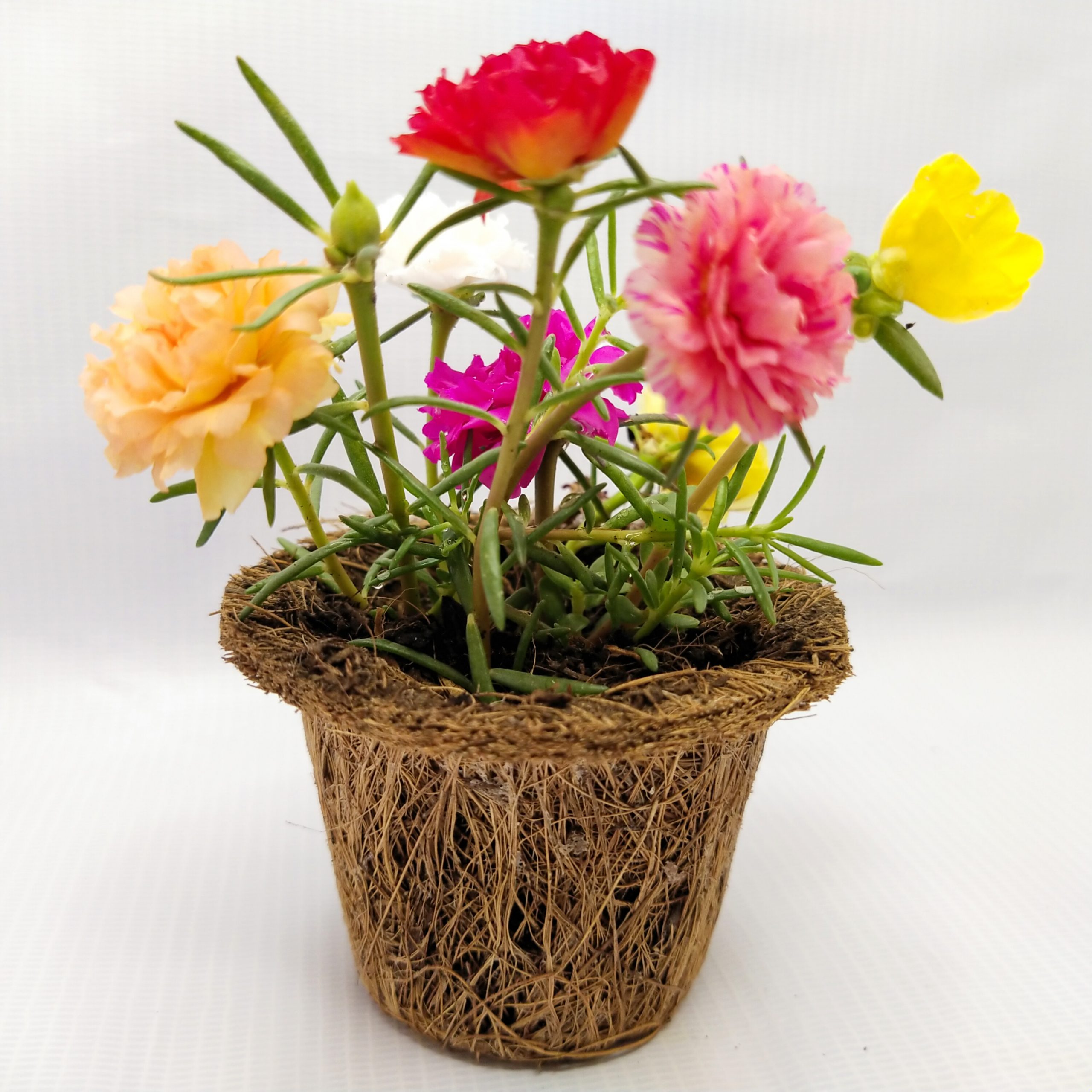
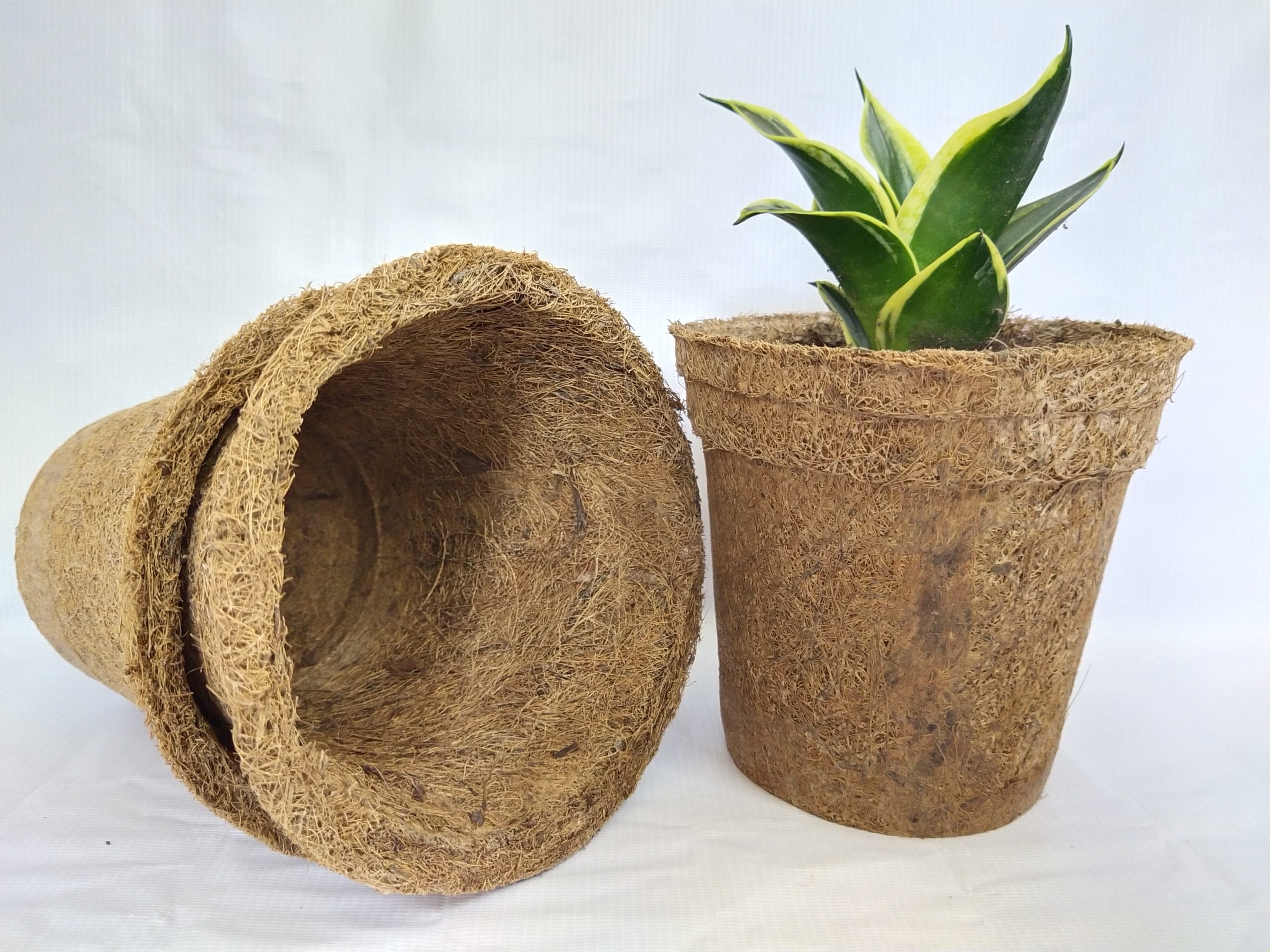
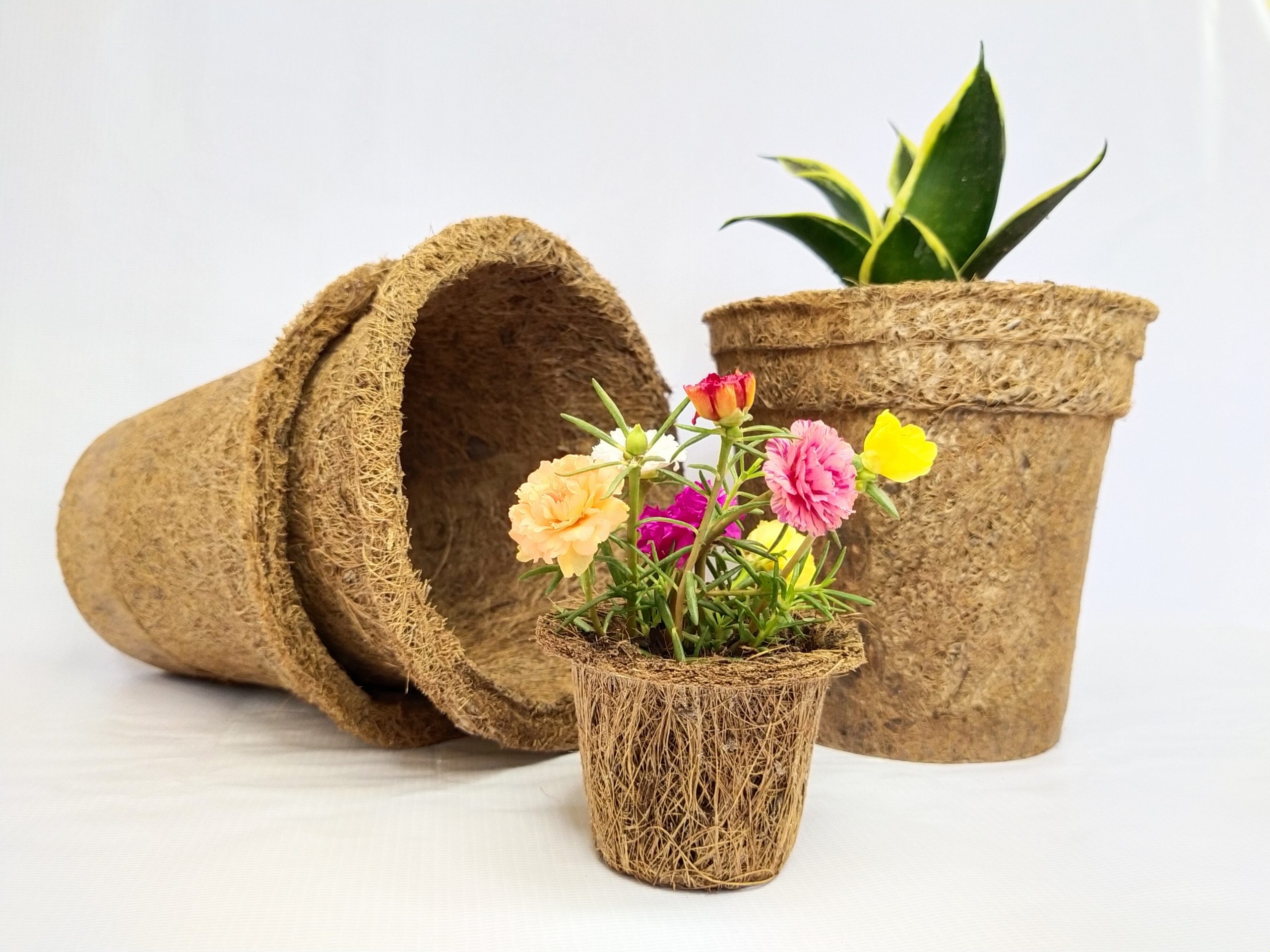
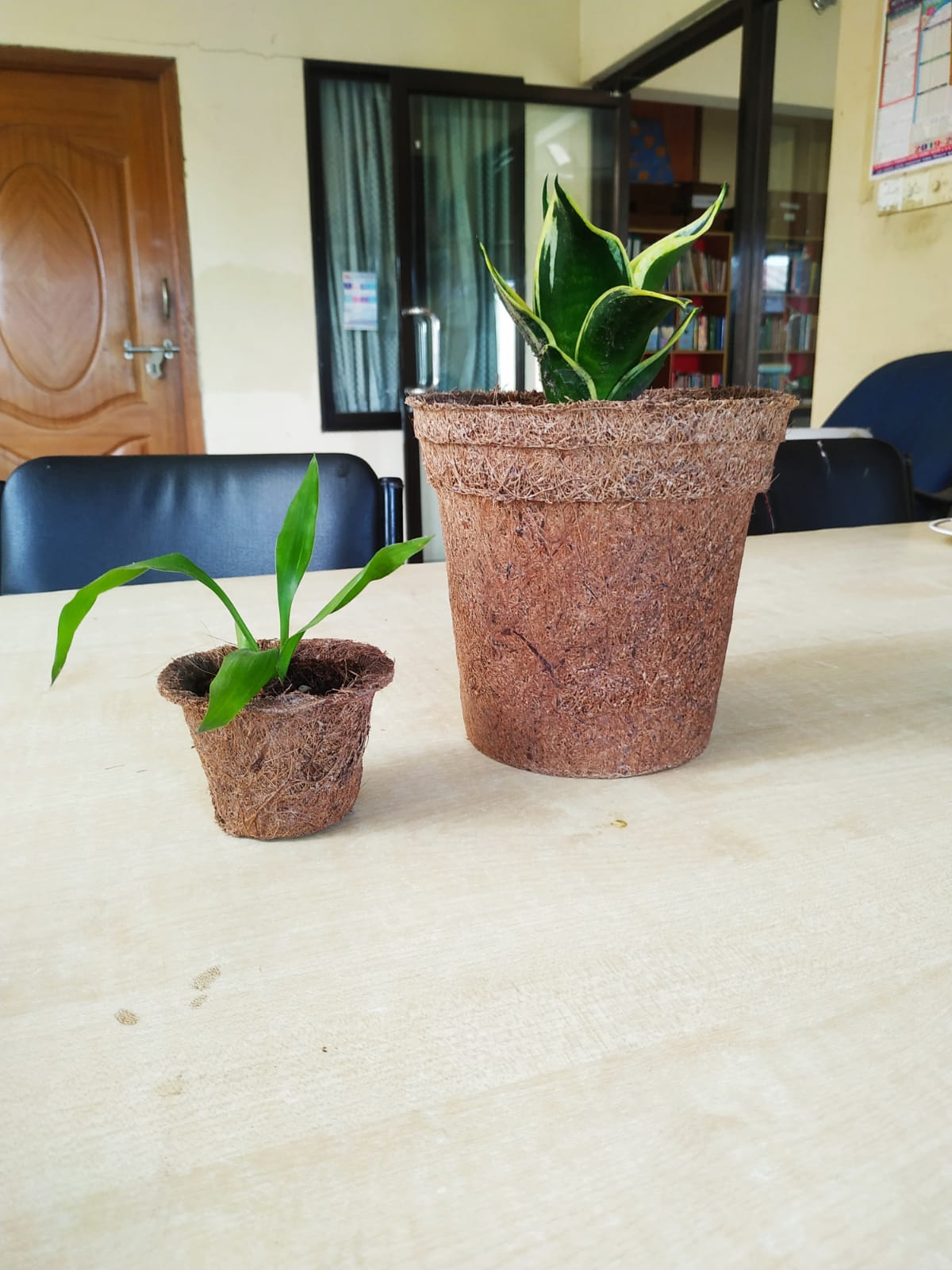
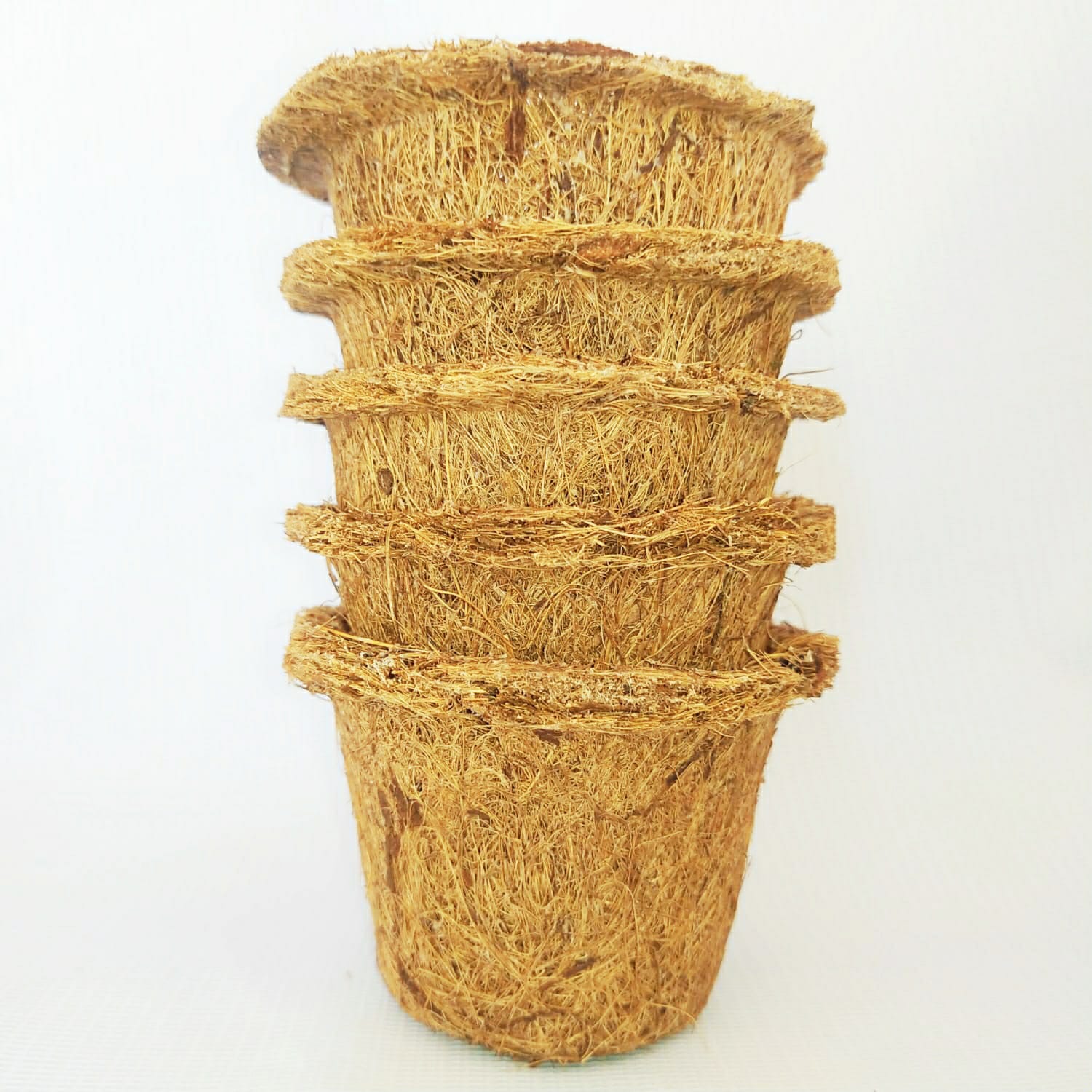







Reviews
Clear filtersThere are no reviews yet.